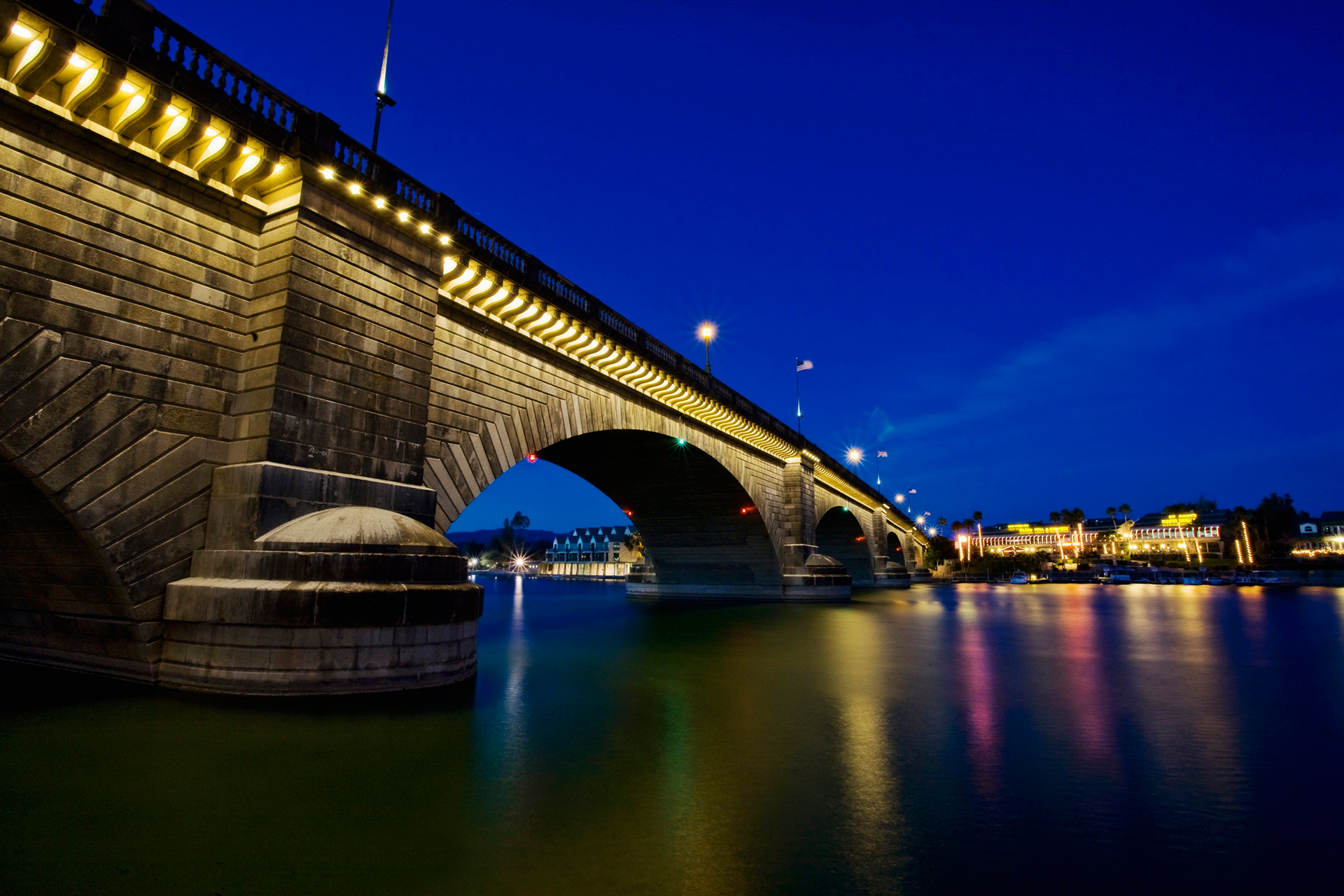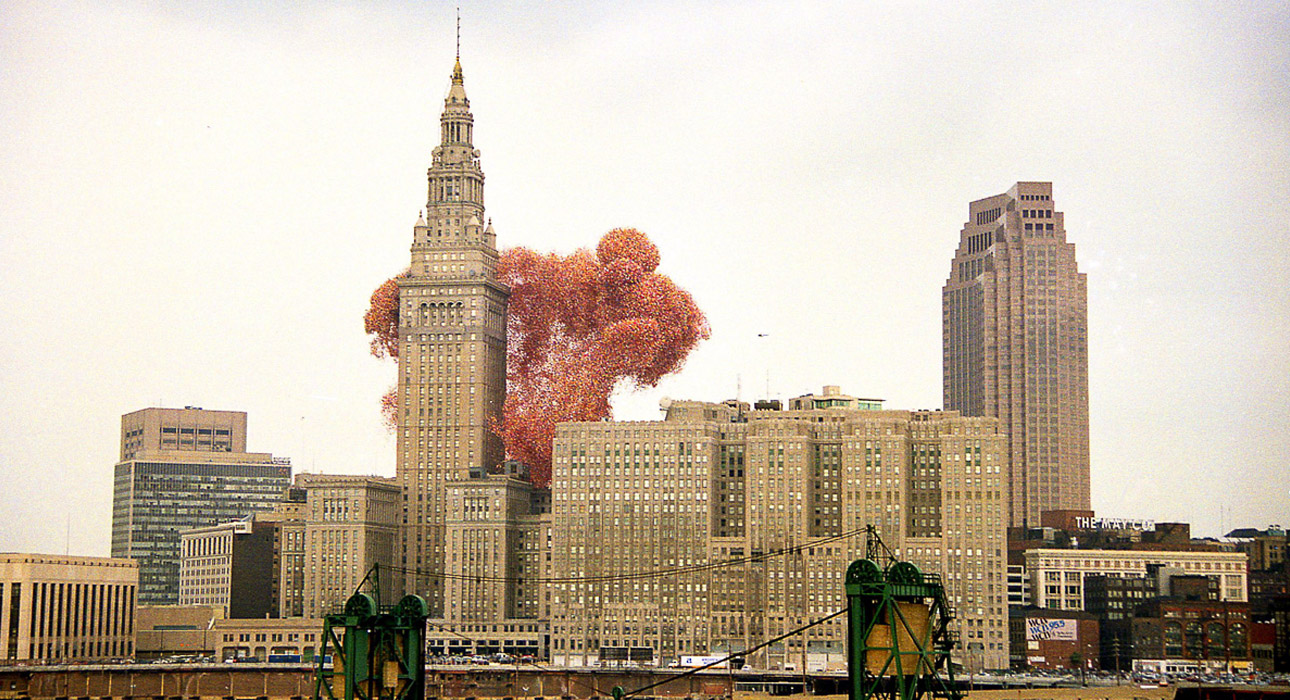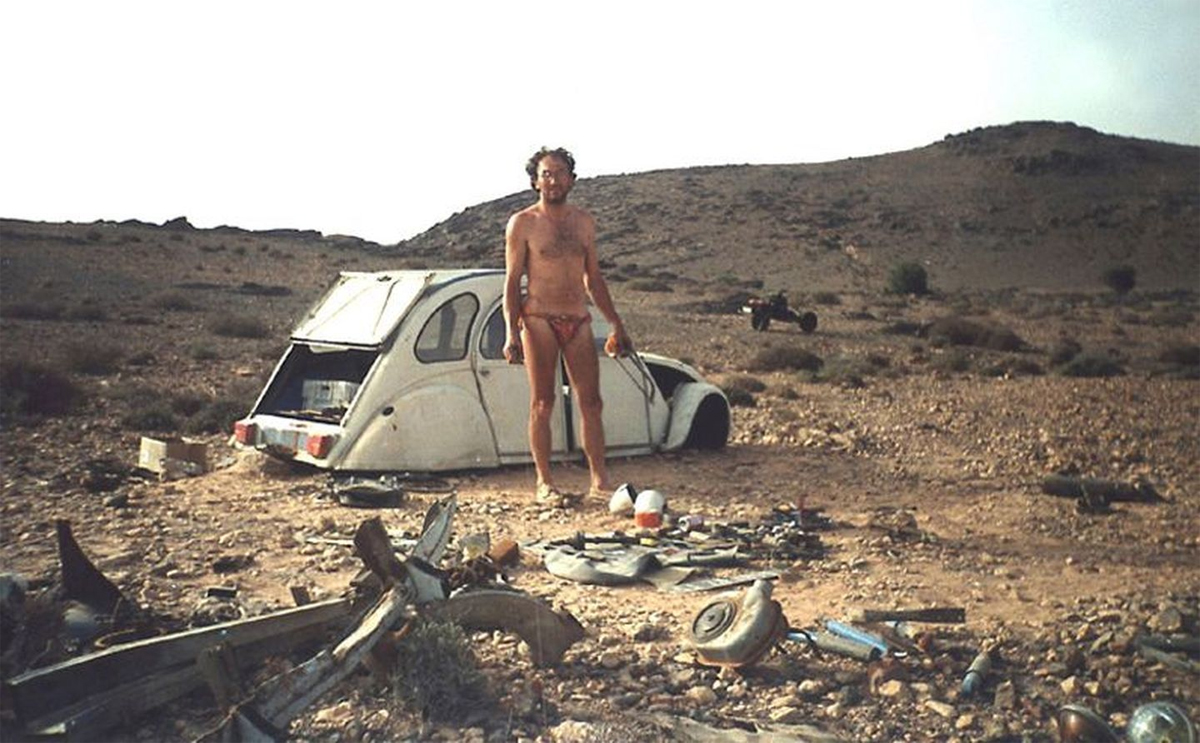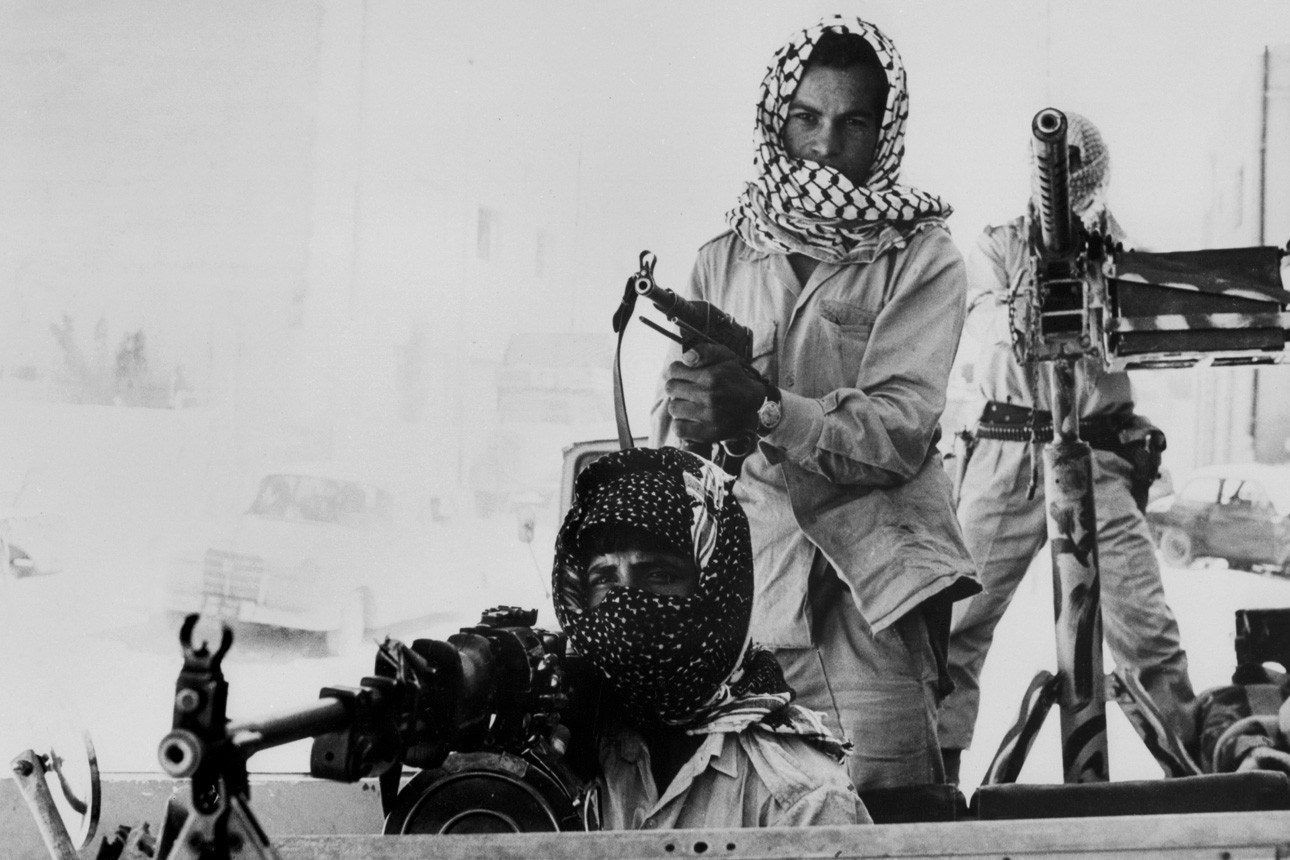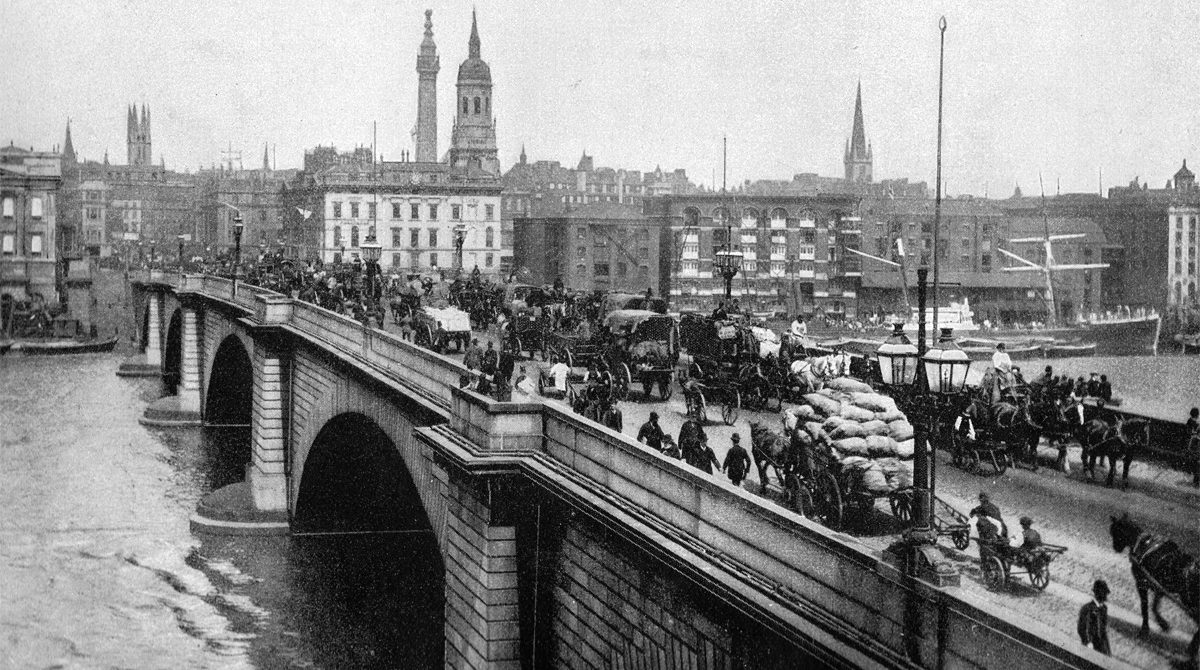
Why Did an Oil Magnate Need London Bridge
In 1962, a team of engineers responsible for London bridges noticed that one of them was in a dire state: thousands of cars were too much of a load for the 130-year-old structure.
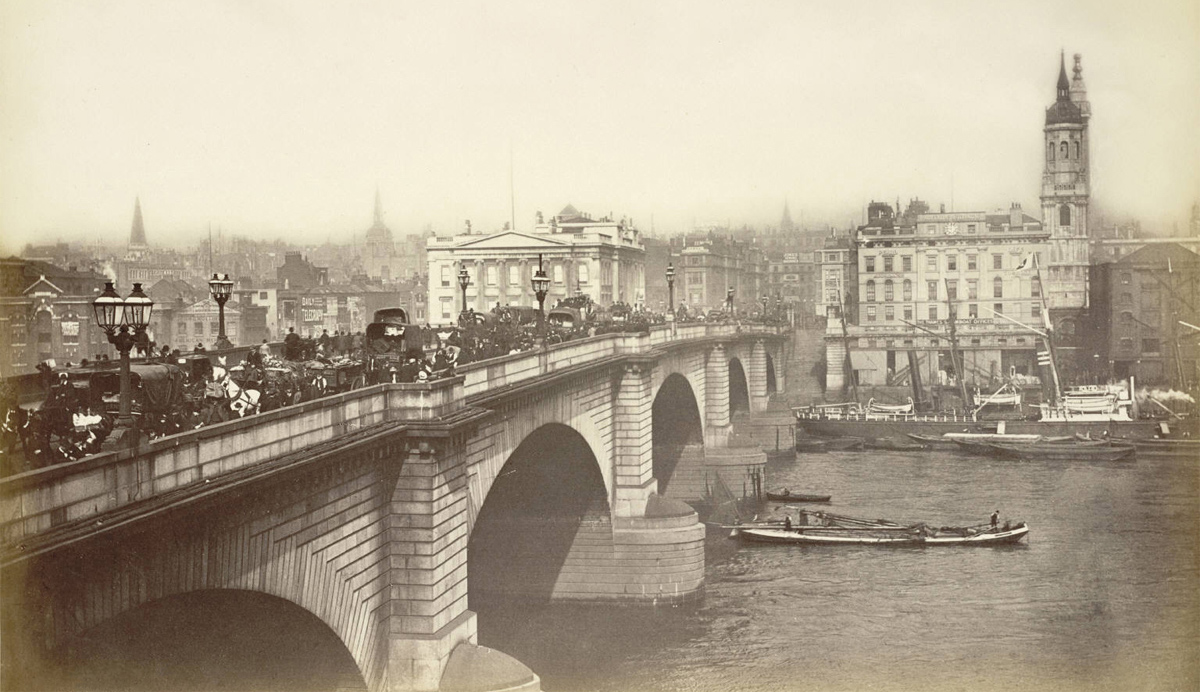
Looking for the best solution, one of the city councilors, Ivan Luckin, offered a very unusual idea for the time: auction the bridge that is falling apart. He later remembered that at first nobody thought he was serious. However, as there were no other proposals, his initiative was supported, and the council started looking for potential buyers.
As expected, not everything went smoothly. By March 1968, when there were only five weeks left till the end of the auction, the authorities received numerous inquiries about the auctioned bridge, but not specific proposals. Luckin decided not to give up and went to New York City where he held a press conference looking to attract local businessmen. And he soon found out his efforts were not in vain.
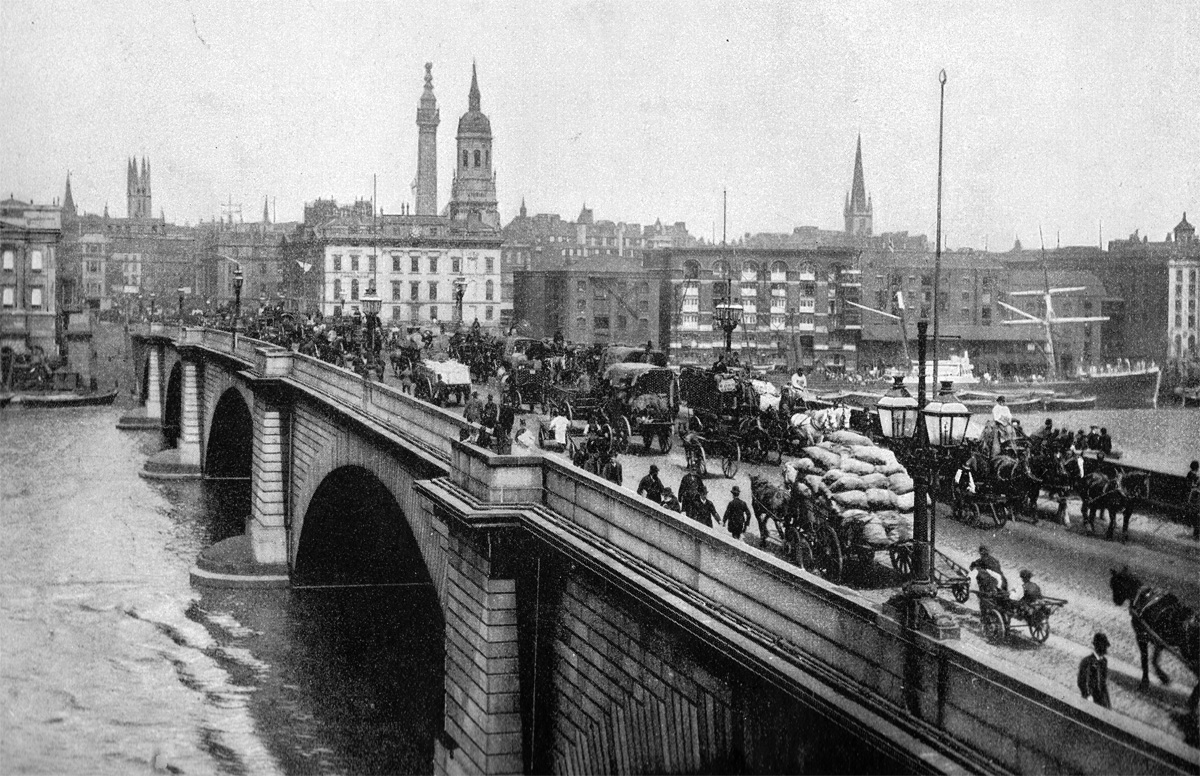
The newspaper article about the speech of a British official caught the attention of the assistant of Robert McCulloch, a prominent oil magnate from Missouri, who had recently founded a town on the east coast of Havasu Lake in Arizona. The state’s authorities gave a plot of land with a large oil field to the magnate for free in exchange for a promise to develop the area.
The businessman was looking for any ways to ensure the influx of inhabitants to his Lake Havasu City. He even invested in a chainsaw plant, but it was not very successful: few people wanted to a place with such a hot and dry climate. When his real estate agent suggested he buy London Bridge and install it in Lake Havasu City to attract potential land owners, McCulloch said this was the craziest idea he had ever heard. However, no more than one month after that the American businessman was signing the purchase agreement in the British capital.
The cost of the contract was $2.5 mln, and it took another $7 mln to dismantle the structure, transport it into the US, and erect it again. The process was completed in autumn 1971. Each of the stone blocks transported from England was numbered, and they were attached to the carrying structure in exactly the same order as they were initially.
It is worth noting that the bridge did not connect any river banks in Arizona: it was installed on the ground, between Lake Havasu City and Pittsburgh Point — a peninsula protruding to Havasu Lake at the time. Already after the bridge was assembled, a channel was dug under it that received the name of Bridgewater. This was how Pittsburgh Point became an island, and London Bridge the only way to get there.
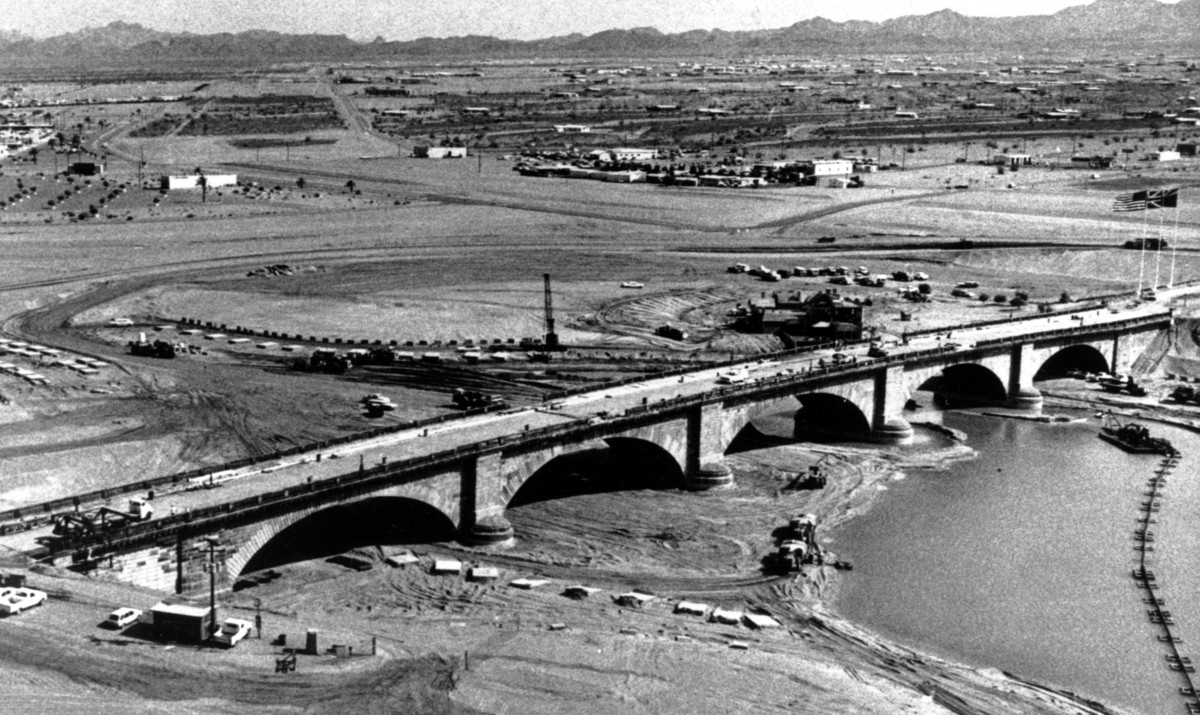
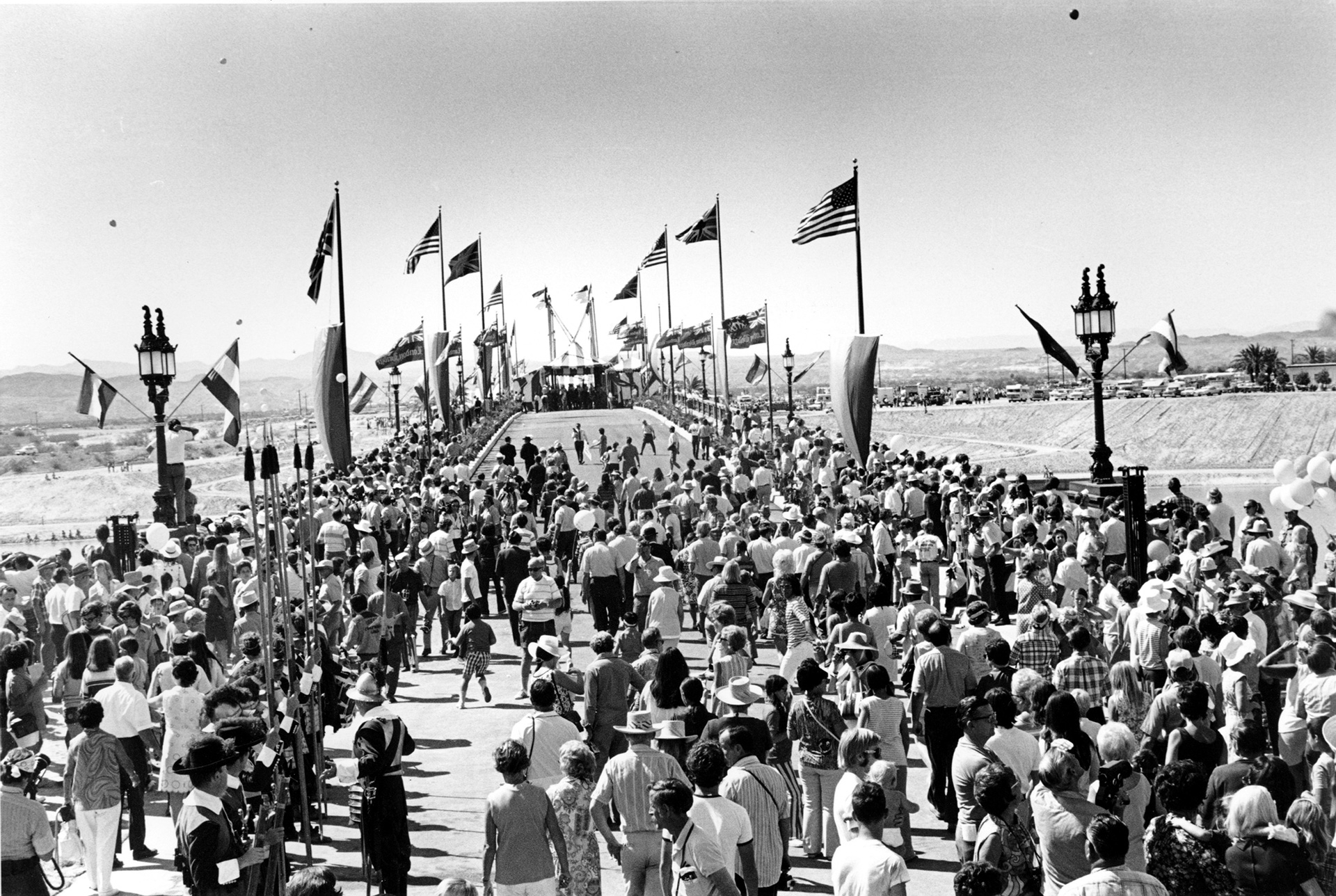
After the opening ceremony of the bridge, which was widely covered by the US press, the influx of tourists to Lake Havasu City increased significantly. The same was true for the people who wanted to buy land there: in a couple of years, McCulloch’s investment paid off.
London Bridge remains the largest antique item ever sold to date, and it still attracts tens of thousands of tourists to Lake Havasu City annually. In 1985, the story of moving the bridge inspired an American movie called Bridge Across Time where a series of killings was attributed to Jack the Ripper whose spirit was transported from England to the US in one of the stones of the bridge.
